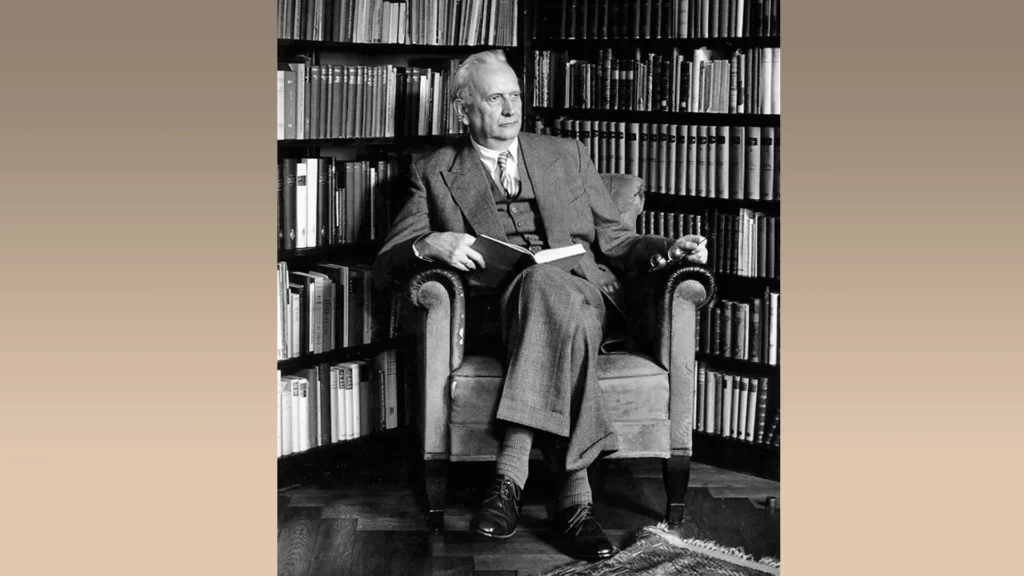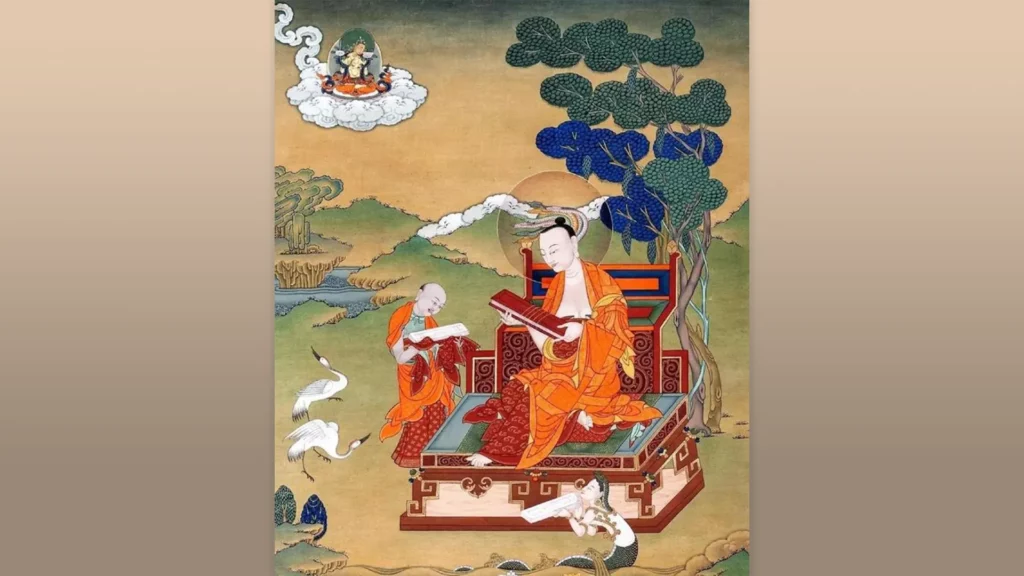Many people believe that Dragon Tree Bodhisattva is the most important Master of Buddhist Doctrines in the history of Mahayana Buddhism after Sakyamuni Buddha. He is also the founder of the Middle Way School of Mahayana Buddhism. In addition, he is regarded by later practitioners as the “Founder of the Eight Traditions” of Chinese Buddhism1.
Note 1: The so-called eight traditions are Mahayana Buddhism’s divisions, including Zen, Vinaya, Pure Land, Esoteric, Sanlun, Tiantai, Faxiang, and Huayan traditions. Because Dragon Tree Bodhisattva’s thoughts affected all traditions of Mahayana Buddhism, he is called the “Founder of the Eight Traditions.”
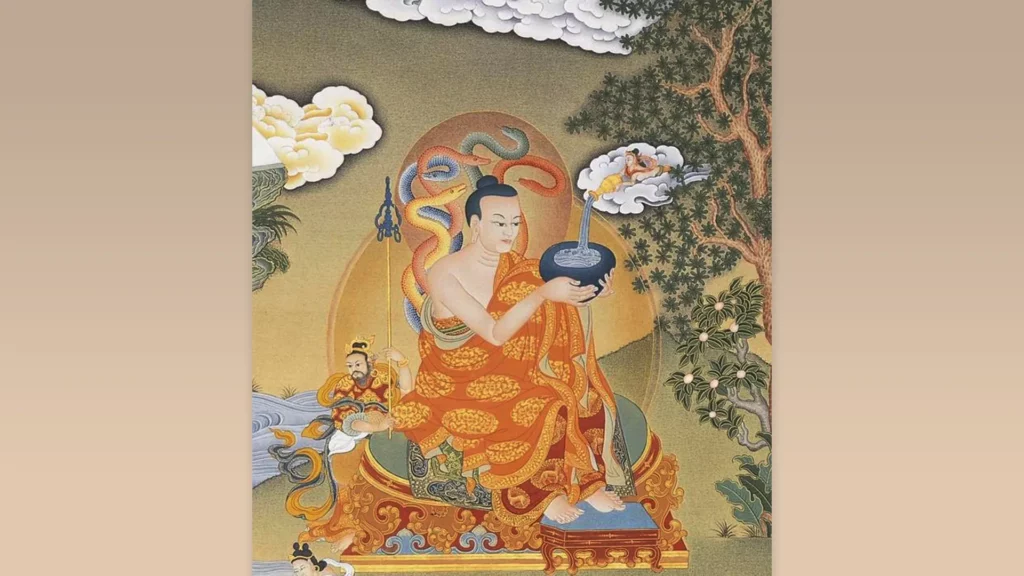
He was intelligent by nature and rehabilitated himself from depravity.
Around the 2nd century AD, Dragon Tree Bodhisattva was born into a Brahmin2 family in South Hindu (Ancient Southern India). It is said that his mother gave birth to him under a tree and named him Arjuna, the tree’s name. So, he was called “Tree.” Later, because he attained the complete and pure wisdom that is not born and does not cease by the embrace of the “Great Dragon Bodhisattva,” he added “Dragon” in front of his name and got the new name “Dragon Tree.”
Note 2: The priestly class in the Indian caste system. They master divination and prescribe rituals for social and individual events. They also monopolize culture and education activities and preside over royal ceremonies. They are the highest social caste in Indian society.
Dragon Tree Bodhisattva was a gifted child. After he heard the Buddhist Canons chanted by Brahmins for the first time, he could recite them. By age 20, he was well-known for his knowledge of astronomy, geography, mathematics, and other subjects.
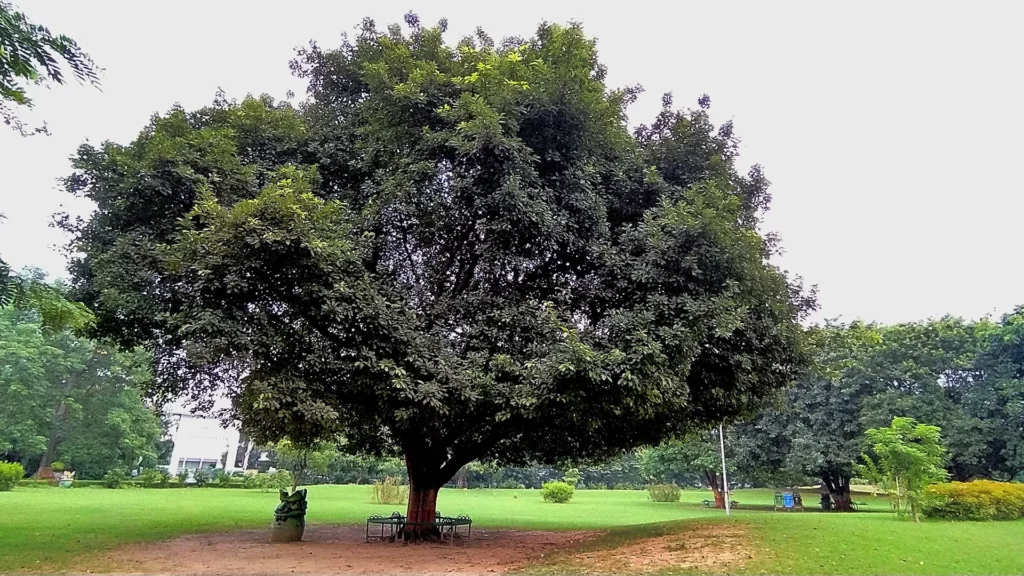
When he was young, Dragon Tree once sank into depravity. At that time, he had three good friends, all of whom were young talents. They all thought they were much more knowledgeable than other people and felt they had already gained all the knowledge in the world. They thought indulging in the pleasure of sensory desire was the supreme joy of life. So they learned how to vanish and reappear and used this skill to enter the palace and rape the beauties there. Later, their nasty behaviors were revealed, and all his friends were beheaded, but not Dragon Tree. After this disaster, Dragon Tree suddenly awakened and realized that greed is the root cause of suffering and disasters in the world. All immoral and harmful things result from it. So he decided to become a monk and studied Buddhism to seek liberation.
He received the Great Truth in the Dragon Palace and promoted Mahayana ever after.
After becoming a monk, Dragon Tree read all The Tripitaka3, including sutras, Vinaya and Abhidharma, in only three months. To pursue a higher level of dharma, he went to the snowy mountain and met an old monk there. The old monk gave him many Mahayana Canons. After reading them, Dragon Tree was delighted and knew that the contents in those canons were very reasonable. However, he could not integrate them with his other knowledge, so he traveled worldwide to find more canons. Although he didn’t find what he wanted, he always got the best of those with different views, those who had external beliefs4 in the debate. He made many people deeply convinced of his wisdom, and many worshiped him as their teacher.
Note 3: The Tripitaka refers to the collections of texts of the Sutras, the Vinaya and the Abhidhamma, which are the three divisions that constitute the Buddhist Canons. The Sutras are a compilation of the words said by the Buddha and the basis of Buddhist doctrines. The Vinaya is the discipline or code of conduct formulated by Buddhist organizations for believers or disciples. The Abhidhamma is the interpretation of doctrines or important commentary on the Buddhist Canons, such as Sutras and Vinaya.
Note 4: External beliefs generally refer to religious beliefs other than Buddhism; Yi Zhi, also called Master Tiantai, divided external beliefs into three categories: the external beliefs other than Buddhism, the external beliefs attached to Buddhism, and the external beliefs learned from Buddhism.

Later, stimulated by the words of an external believer, he became proud and planned to create his own belief group, separated from Buddhism. Then out of pity, Great Dragon Bodhisattva led him into the Dragon Palace in the sea, opened the sutra box decorated with the seven jewels, and taught him many profound principles of Mahayana and other unsurpassed Buddhadharma. Dragon Tree read them desperately for 90 days, integrated the dharma truths with his knowledge, understood all dharma realities, and reached nirvana. After gaining a compassionate heart for all sentient beings and the complete and pure wisdom that is not born and does not cease, he was sent back to South Hindu by Great Dragon Bodhisattva.
After receiving the Great Truth, Dragon Tree returned to South Hindu and began to vigorously promote Mahayana Buddhism and create numerous works of the Buddha’s teachings, including “Great Treatise on the Perfection of Wisdom,” “Fundamental Verses of the Middle Way,” “Verses of Twelve Gates,” “Seventy Verses on Emptiness,” “Verses of Solemn Buddhism,” and others. There is a great multitude of verses created by him, and such a feat became rare in later times. People recognize him as the most important master of Buddhist doctrines in the history of Mahayana Buddhism after the Buddha, so he is known as “The Creator of a Thousand Verses.”
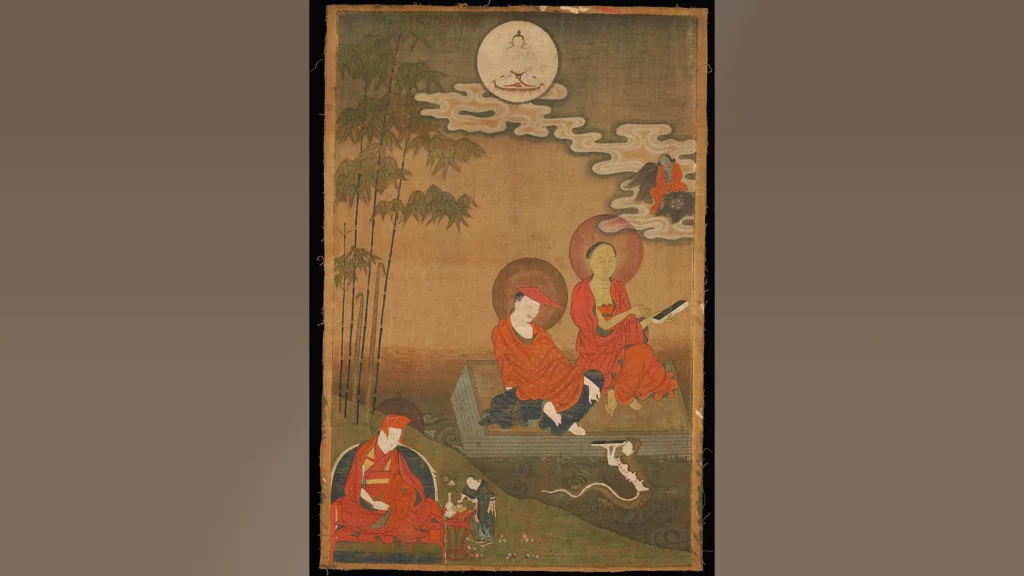
Dragon Tree had far-reaching influence on later times and became the “Founder of the Eight Traditions.”
Dragon Tree’s verses had a far-reaching influence on later generations. His “Fundamental Verses of the Middle Way” was developed into the Middle Way School (also known as Emptiness Tradition) by later disciples. Thus, he was also regarded as the founder of the Middle Way School. Later, Dragon Tree’s works were translated into Chinese by Master Kumarajiva and spread through China, which enabled Mahayana Buddhism to be carried forward and glorified in China. All the eight Mahayana traditions in China honour Dragon Tree as their joint founder, which shows his far-reaching influence.
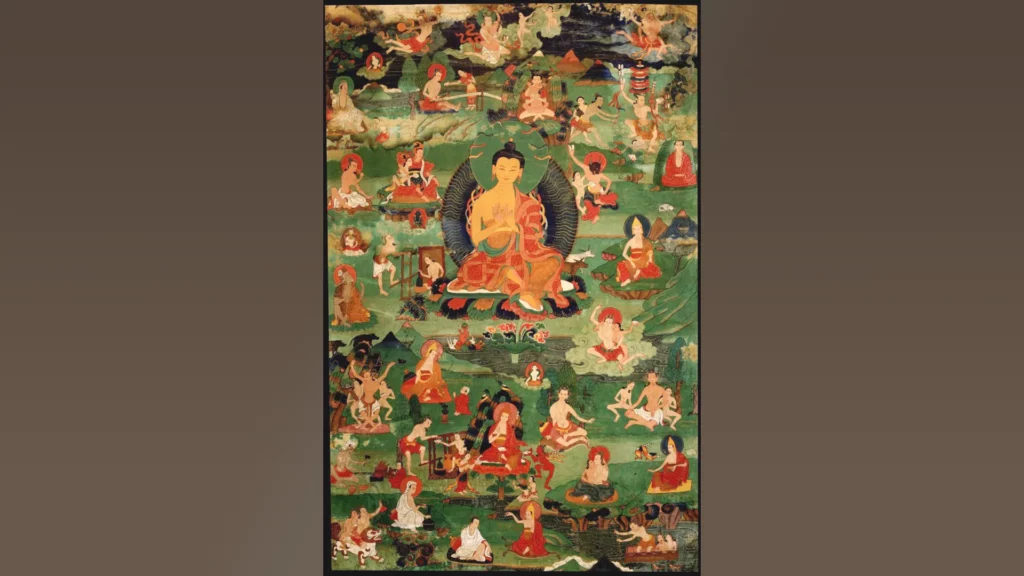
The Middle Way doctrines promoted by Dragon Tree not only had a significant influence on the development of Buddhism but also were highly valued by Western philosophy. Karl Theodor Jaspers, a famous existentialist philosopher in Germany, listed Dragon Tree as one of the 15 “World’s Great Philosophers” in the first volume of his The Great Philosopher, written in 1757. It shows Dragon Tree’s influence on the field of philosophy.
